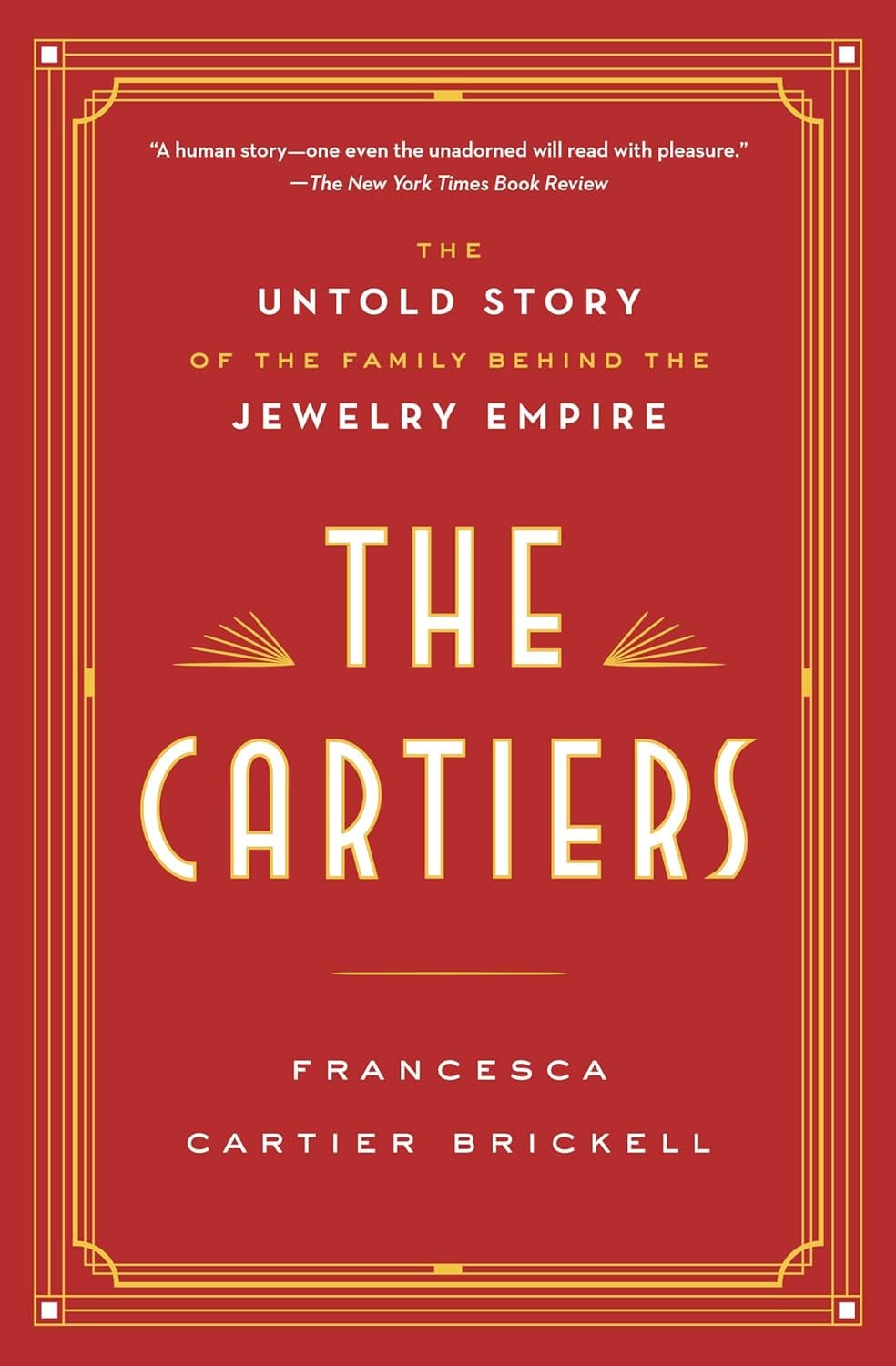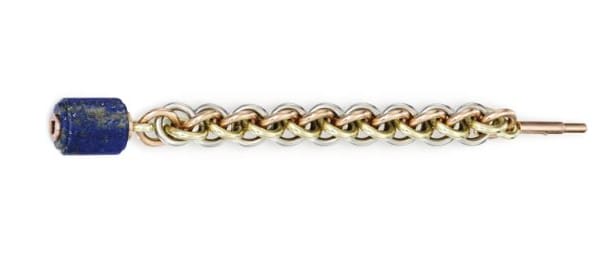Book Review: The Cartiers
I recently finished reading a book called "The Cartiers: The Untold Story of the Family Behind the Jewelry Empire" by Francesca Cartier Brickell
I recently finished reading a book called
The Cartiers: The Untold Story of the Family Behind the Jewelry Empire by Francesca Cartier Brickell
and it's August which is still summer and you bet I'm ordering myself a personal pizza as a reward 😉 but also I'd like to share some thoughts.

Quick Summary
"The Cartiers" is a full family biography, spanning 5 generations and over 150 years, opening in 1819 and closing in 1974. It tracks the very beginning of the famous high jewelry brand, from humble beginnings to international renown. The author, Francesca Cartier Brickell, is a direct descendant of the Cartier family. She has reconstructed a telling of history through family letters and conversations, interviews, and news articles, but she presents the story as a smooth and coherent narrative. There are moments that focus on specific jewels and their design and construction, on the celebrities that made outstanding purchases, as well as on the personal human moments of various members of the Cartier family. Most of the time the flow of the story does not get too bogged down in dates, but at the same time there is enough reference to large historical events (two World Wars, among other things) to keep it anchored in a clear timeline. I think this book has something for history buffs, for fans of jewelry and fashion, as well as for anyone just interested in famous people and biographies. I wouldn't call it a light read (but I don't habitually read biographies; I am a Sci-Fi/Fantasy person) but I would still recommend.
The Allure of Paris
The Cartier family comes from Paris, and doesn't reach London or New York until about halfway through the book. As such, there are a lot of French names, and because I have absolutely no knowledge of the language, this made a few chapters a bit thick to get through. Your mileage may vary.
On the other hand, reading this book gave me my first glimpse into the mystique and allure that Paris holds for so many. Through the characters, we get to see the beauty, luxury, and energy of Paris before the wars. We experience the glamour of the Belle Epoch, the gritty bohemian gatherings of artists, the excitement of the World's Fair, and the proud carrying-on despite war and occupation. I've never been particularly interested in visiting this city - reading this book made me actually want to go.
The Duality
Here's where I have big feelings that get difficult to put into words, and the reason I wanted to write about this book.
Fine jewelry, especially 'high' jewelry with extraordinary gemstones and craftmanship, exists because there are people with more than enough money. Money to drop thousands or hundreds of thousands of dollars on a decorative item. Fine jewelry is an art, but the objects are also status symbols of the fabulously wealthy.
It is not the purpose of this book to explore this theme, but the theme emerges regardless. In the 1920's Louis Cartier struggles with social status, with being seen as 'just a craftsman' by the elite despite being otherwise well liked and lauded for skills by the same people. We see the fortunes of the whole company rise and fall with the fortunes of the world's elite; as European royalty, Russian Tsars, Indian Maharajas, and eventually the American barons of industry all have their glamorous hey-day and then fall to changing economic and social forces. The closing chapters cover the 1970's, when there's a huge leveling of wealth across both the US and England. While reading, I felt a tension between marveling at the beauty brought about by the unrestrained opulence of the luxury era, and personally celebrating the social equalization that put that luxury era to an end. The story of Cartier almost seems to say 'This (wealth equality) Is Why We Can't Have Nice Things'.
This is personal. I make jewelry, although certainly not (currently) anything worth thousands of dollars. But I also struggle with the cost and value of such things. Who am I making for? Am I making things that I could afford, or someone else? If I had a patron to pay my bills, but they represented a social elite that carried itself 'above' me, would I accept the patronage?
Something Lighter
The book includes a few color inserts with images of iconic Cartier jewelry. I probably looked at this section three times before finally doing a double-take at one particular item and studying it carefully. The image in the book appears to be borrowed from Sotheby's, and shows a tricolor bracelet made in 1940 and owned by Marlene Dietrich, a legendary actress from the Golden Age of Hollywood.

And I thought to myself "that's chainmail!"
Initially I thought this chain showed the Jens-Pins Linkage pattern, a chainmail weave where the rings are so small and tight that they maintain the 'stacked' effect seen here, even while being flexible. However discussion with the online chainmail community found additional photos of the piece on Christie's, where the rings appear looser and the stacks disappear. More likely this pattern is a simple twist, which doesn't have quite the difficulty level of JPL.
While this is less surprising than if it had been JPL, it is still within the world of chainmail. It is a fancy chain. I think it's super neat to find this in an item of high jewelry from over 80 years ago. And now I think I need to go make some "Cartier-inspired" bracelets 😜 and find a new book to read.
